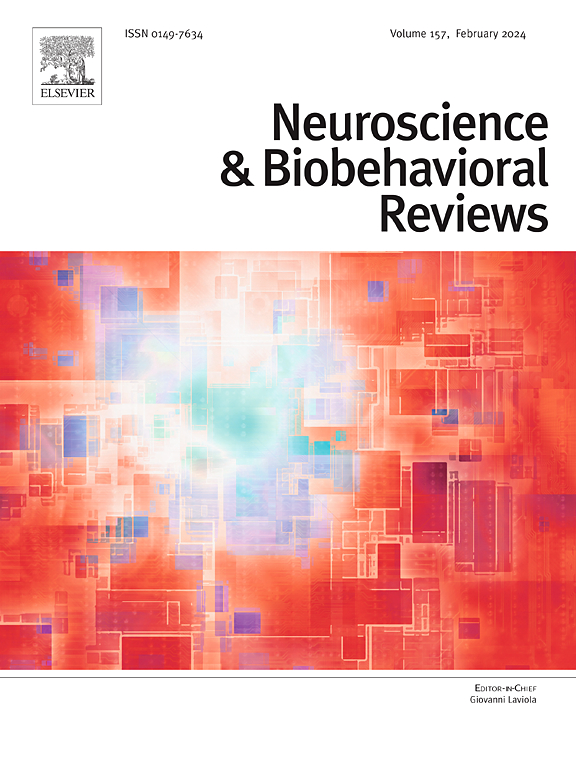Survival in a world of complex dangers
IF 7.5
1区 医学
Q1 BEHAVIORAL SCIENCES
引用次数: 0
Abstract
How did our nomadic ancestors continually adapt to the seemingly limitless and unpredictable number of dangers in the natural world? We argue that human defensive behaviors are dynamically constructed to facilitate survival in capricious and itinerant environments. We first hypothesize that internal and external states result in state constructions that combine to form a meta-representation. When a threat is detected, it triggers the action construction. Action constructions are formed through two contiguous survival strategies: generalization strategies, which are used when encountering new threats and ecologies. Generalization strategies are associated with cognitive representations that have high dimensionality and which furnish flexible psychological constructs, including relations between threats, and imagination, and which converge through the construction of defensive states. We posit that generalization strategies drive ‘explorative’ behaviors including information seeking, where the goal is to increase knowledge that can be used to mitigate current and future threats. Conversely, specialization strategies entail lower dimensional representations, which underpin specialized, sometimes reflexive, or habitual survival behaviors that are ‘exploitative’. Together, these strategies capture a central adaptive feature of human survival systems: self-preservation in response to a myriad of threats.
在充满复杂危险的世界中生存。
包括人类在内的游牧动物是如何不断适应自然界中反复出现的威胁和看似无限且不可预测的危险的双重挑战的?我们假设,人类的防御行为是动态构建的,以促进在反复无常的流动环境中生存。我们首先假设,内部和外部的状态会导致状态建构,这些状态建构结合起来就形成了元表征。当检测到威胁时,就会触发行动结构。行动建构是通过两种连续的生存策略形成的:概括策略,在遇到新威胁和新生态时使用。泛化策略与认知表征相关,认知表征具有高维度,提供了灵活的心理建构,包括威胁之间的关系和想象力,并通过防御状态的构建汇聚在一起。我们认为,泛化策略驱动着包括信息搜寻在内的 "探索 "行为,其目标是增加知识,用于缓解当前和未来的威胁。与此相反,专业化策略需要较低维度的表征,这些表征支撑着专业化的、有时是反射性的或习惯性的生存行为,即 "开发性 "行为。总之,这抓住了人类生存系统的一个核心适应特征:在应对无数威胁时的自我保护。
本文章由计算机程序翻译,如有差异,请以英文原文为准。
求助全文
约1分钟内获得全文
求助全文
来源期刊
CiteScore
14.20
自引率
3.70%
发文量
466
审稿时长
6 months
期刊介绍:
The official journal of the International Behavioral Neuroscience Society publishes original and significant review articles that explore the intersection between neuroscience and the study of psychological processes and behavior. The journal also welcomes articles that primarily focus on psychological processes and behavior, as long as they have relevance to one or more areas of neuroscience.

 求助内容:
求助内容: 应助结果提醒方式:
应助结果提醒方式:


